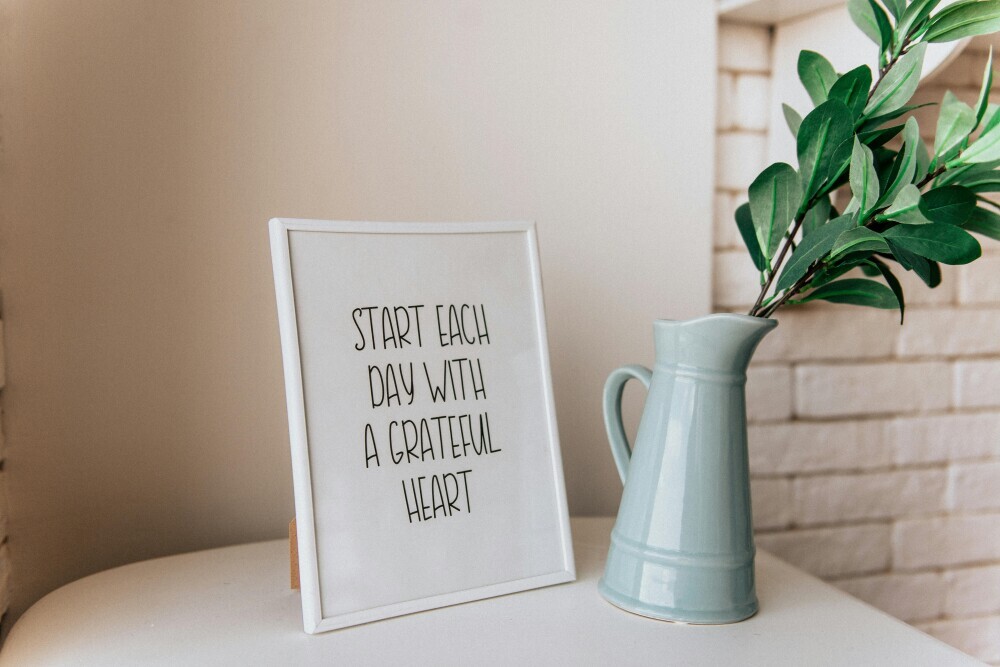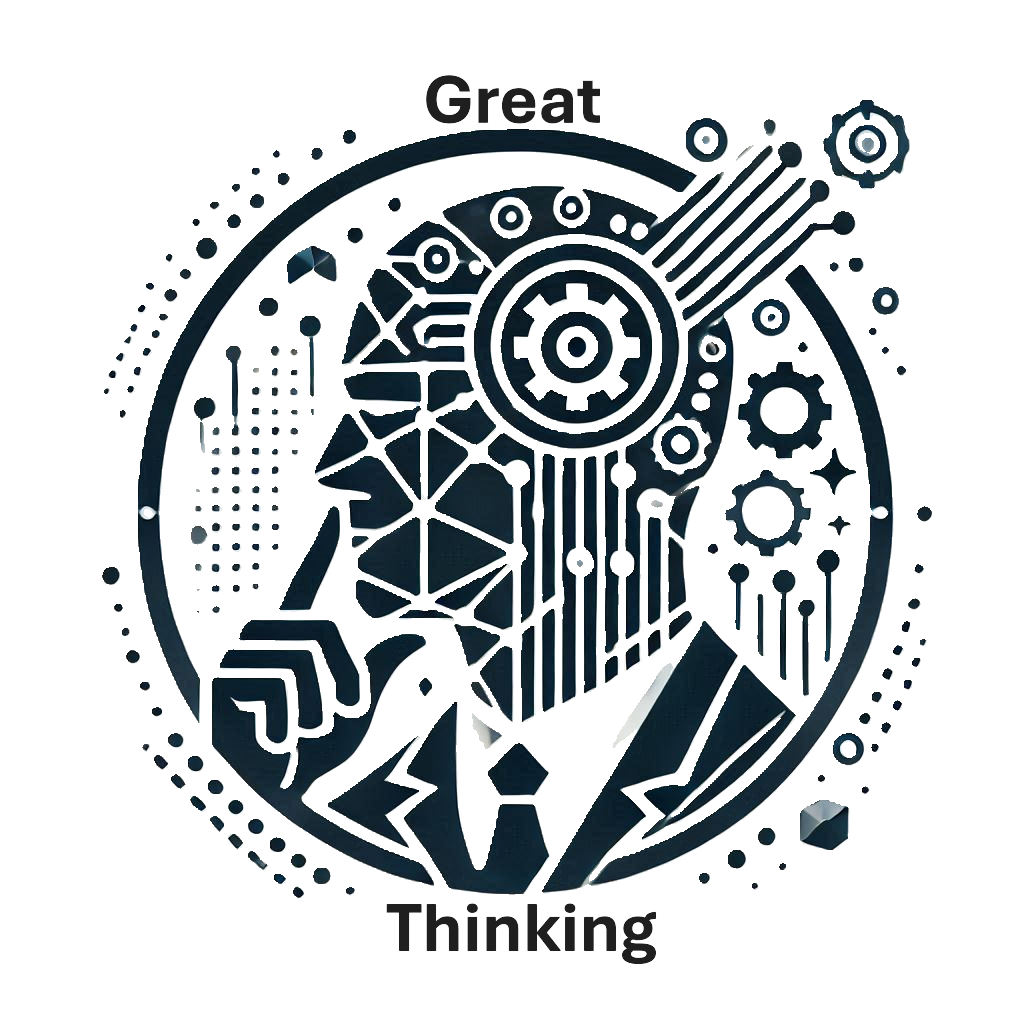Gratitude is more than just saying thank you; it’s an attitude shift that can transform our lives.
By focusing on the positive, gratitude helps carve out pathways in the brain that promote a healthier mindset. But where did all this gratitude talk come from, and how did it become such a big deal?

Tracing back through history, gratitude’s been a guiding principle in many cultures and philosophical teachings, regarded as a virtue essential for personal expansion.
So, how’s gratitude tied to personal growth?
Simply put, it’s all about creating a mindset that’s open to opportunities and learning. When you focus on the good things, even the small joys, you set yourself up to build resilience and adaptability that can make tackling life’s challenges a bit less daunting.
I’ve seen incredible changes in people who actively embrace gratitude. Take, for instance, a friend who seemed forever stuck in a negative loop.
She started keeping a gratitude journal, jotting down three things she appreciated each day. Gradually, her outlook shifted. Problems seemed smaller; solutions, easier to find.
Sometimes, a simple shift in perspective is all it takes to trigger personal growth. Read this Blog
Stories like hers underline how gratitude isn’t some mythical cure but a practical tool for those willing to give it a go.
Embarking on a journey fueled by gratitude can open up new avenues of growth, fostering a sense of well-being and contentment.
The Science Behind Gratitude
Understanding how gratitude affects the brain adds a layer of depth to its practice.
Researchers have found that gratitude can change the brain, literally. When you engage in gratitude activities, it triggers the brain’s reward system, lighting up areas associated with pleasure, joy, and contentment.
There’s been a fair number of studies showing how gratitude can reduce symptoms of depression and anxiety. It’s not just about feeling good. These positive emotions set the stage for improved mental health.
Practicing gratitude can lead to a cycle of joy and satisfaction, helping people to manage stress more effectively.
The impact on stress is perhaps one of the most exciting aspects.
Science shows how gratitude helps in regulating stress by reducing levels of cortisol, the body’s primary stress hormone. This doesn’t happen overnight, but cultivating gratitude can make a big difference over time.
By understanding the psychology and biology behind gratitude, we get that it’s not an overnight fix but rather a process that builds emotional resilience.
If you’ve ever faced a rough patch, you’d know how important it is to have tools that help shore up defenses against life’s unpredictable moments.
Gratitude can be a key part of that toolkit.
Practical Gratitude: Everyday Practices for Personal Growth
Making gratitude a part of daily life can seem a bit daunting at first, but it’s simpler than you might think. It’s all about finding small ways to appreciate where you are and what you have.
One of the easiest tricks is to start with daily gratitude exercises that can seamlessly fit into even the busiest schedules.

Gratitude journals are a great starting point. Every day, spend a few minutes jotting down things you’re thankful for. It helps keep focus on the positives and allows for a moment of reflection.
I once kept my journal on my nightstand so jotting things down before bed became as natural as brushing my teeth.
Another effective method is weaving gratitude into existing meditation or mindfulness routines. During these practices, purposefully focus thoughts on gratitude, acknowledging things typically taken for granted.
It might be something as simple as appreciating the warmth of sunlight or the comfort of a soft cushion. Also Read This
Hearing others’ success stories often makes abstract concepts feel more achievable. I recall a colleague who incorporated gratitude into his daily morning walks. He’d mentally list the things he appreciated while taking in the sights and sounds around him.
Over time, it not only improved his mood but also inspired creative problem solving at work.
Making these practices a regular part of the day can actually help foster personal growth without feeling like a chore. Over time, you’ll likely notice shifts not just in perspective, but in how you approach challenges and embrace opportunities.
Challenges and Misconceptions About Gratitude
Practicing gratitude isn’t always a smooth path, and sometimes the concept gets tangled up with misconceptions.
People often think gratitude means ignoring hardships or negative emotions, but that’s not the case. Recognizing the good doesn’t mean you overlook the bad; it’s about maintaining a balanced outlook.
One common hurdle is maintaining consistency.
It’s easy to start a gratitude practice, but life gets busy and routines slip. Finding ways to integrate gratitude into existing habits or setting specific times for reflection, like during a commute or a lunch break, can help reinforce the practice.
Another challenge is resisting the urge to compare oneself with others.
Gratitude isn’t about what others have or don’t have; it’s personal and unique to each individual’s journey. Focusing on your own experiences and what brings you joy can mitigate feelings of inadequacy or envy.
For some, expressing gratitude feels awkward or forced at the beginning. That’s perfectly normal. It’s a new mindset that takes a bit of getting used to, not unlike learning any other skill. Being patient with yourself as you find your own rhythm and style of gratitude expression is key.
Overcoming these challenges and addressing misconceptions allows gratitude to truly enrich life. It’s about creating a habit that supports emotional well-being, encouraging continued personal growth, and strengthening resilience against everyday stress.
I am grateful that you are reading this blog-post, for more inspiring, constructive and empowering content visit: greathinking.com
Stay blessed,
Esquiwal
